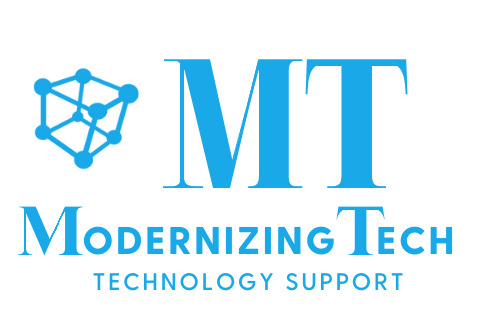Microsoft is introducing a wide range of new Windows 11 security and resiliency features designed to support the coming era of agentic computing, cloud-integrated workflows, and quantum-resistant infrastructure. These enhancements build on the Secure Future Initiative and reflect a commitment to securing not only devices, but entire digital ecosystems.
Securing Agentic Workflows and MCP Integrations
Windows is introducing agent workspaces: isolated, policy-controlled environments where AI agents can perform system tasks without interfering with the primary user session. These workspaces enforce strict identity separation, limited privileges, and clear auditing to maintain accountability and prevent unauthorized actions.
Complementing this is Windows 365 for Agents, allowing organizations to shift agent processing between local devices and secure cloud PCs without rewriting logic. Agent connectors with built-in MCP proxying provide governance and containment for application-to-agent interactions.
Several major advancements include:
- Post-Quantum Cryptography (PQC) APIs, enabling organizations to begin transitioning to quantum-safe encryption
- Hardware-Accelerated BitLocker, which offloads cryptographic operations to modern silicon for faster, more secure disk protection
- Passkey + Windows Hello Integration, simplifying passwordless authentication across browsers and applications
- Sysmon-like native telemetry, bringing high-quality behavioral visibility directly into Windows without separate deployments
- Zero Trust DNS and Wi-Fi 7 Enterprise, raising the bar for secure network communications
Resiliency and Recovery at Scale
Through the Windows Resiliency Initiative, Microsoft is modernizing core recovery capabilities:
- Quick Machine Recovery (QMR) now allows Microsoft to remotely restore systems affected by widespread boot failures.
- New driver resiliency features reduce kernel-mode instability by enforcing stricter signing and isolating driver faults.
Other capabilities include point-in-time restore and cloud rebuild, empowering teams to quickly revert devices or deploy fresh images with minimal downtime, and WinRE networking enhancements simplifying cloud-assisted recovery.
As organizations integrate AI-driven workflows, these defenses help ensure that innovation does not come at the expense of security or reliability.


Leave a Reply